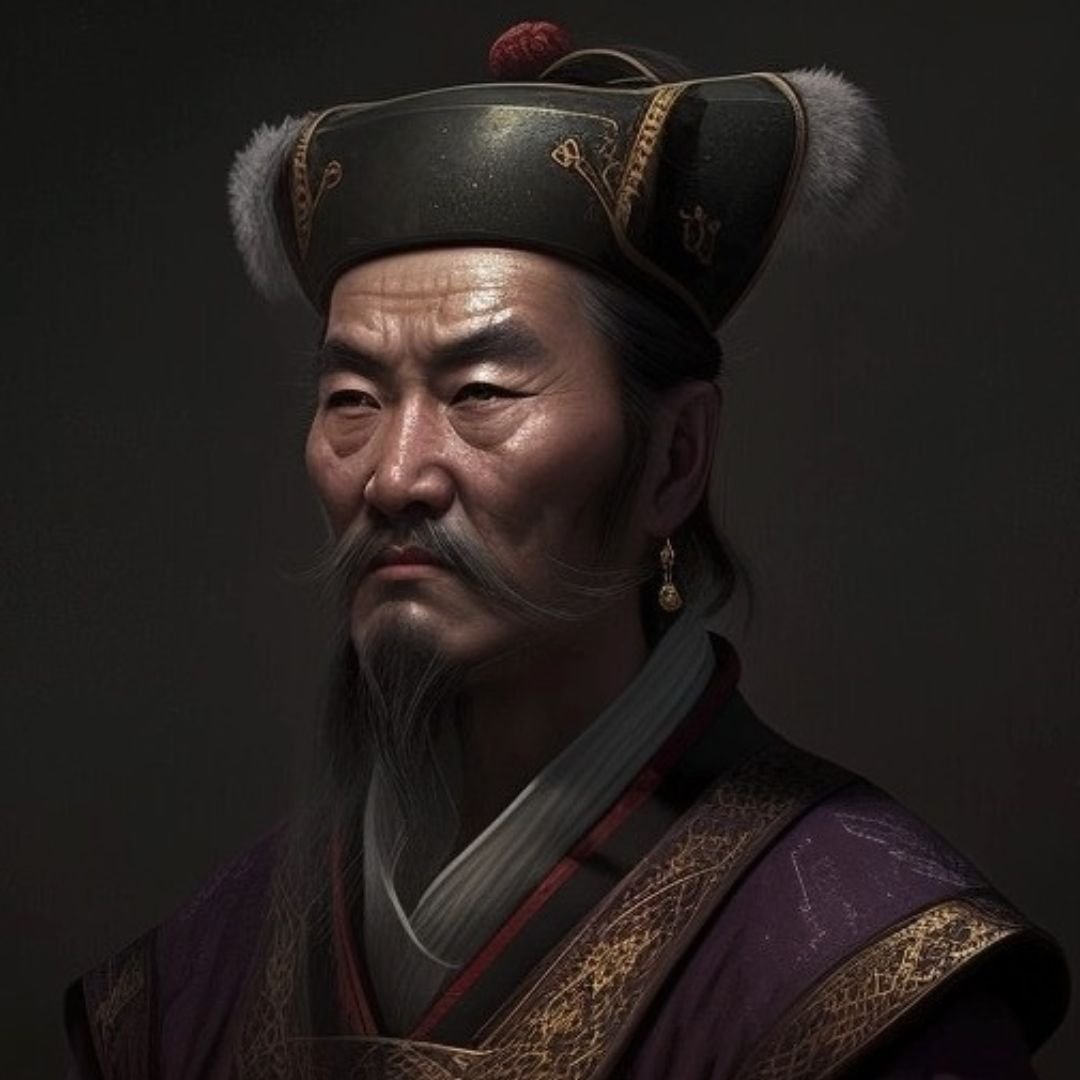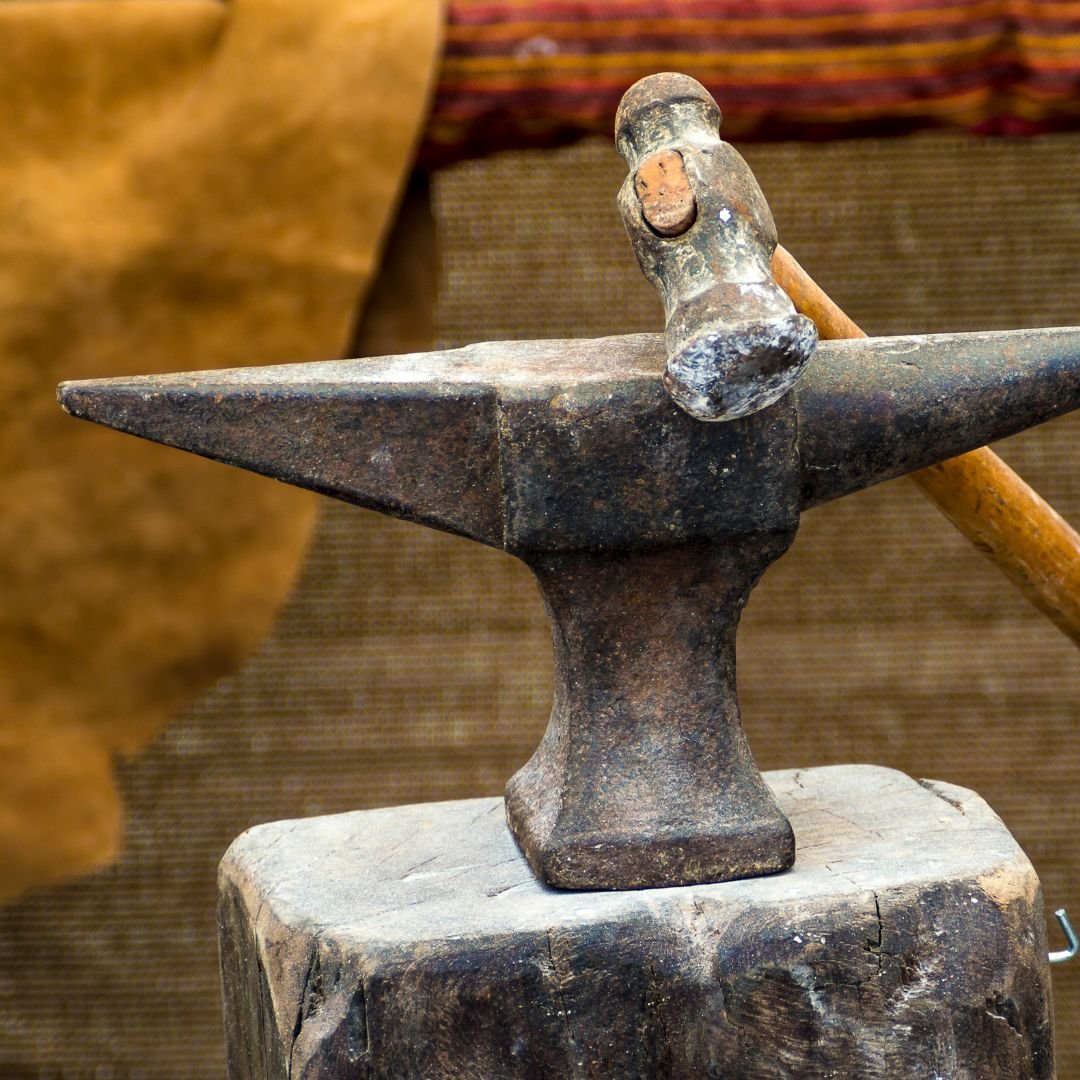Traditional Chinese medicine’s (TCM’s) season of the Earth element is an 18-day period of transition between each of the four major energetic seasons. Each of the five elements is rich with indigenous symbology and expression. Historic Earth element symbolism is rich with teaching metaphors that also give clues for health and a harmonious Earth lifestyle.
“… symbols have come to be placed within conscious, traditional and dogmatic systems, but their inner life still pulses beneath this rationalized order, even becoming audible from time to time.”
The Earth element not only refers to the actual soil but the character, dynamic state, and elemental force of the element.
We commonly see Earth element symbolism as feminine. Earth represents infinite creativity, the great mother, fertility, giver of nourishment, and longevity.
In a more general sense, when we juxtapose Earth with the spiritual heavens, Earth element symbolism represents matter.
In TCM, Earth element symbolism depicts the balance of yin and yang. As complementary equals, yin and yang relate to each other to create a dynamic balance and a harmonious whole.
“…there can be no sharp distinctions between spirit/nature, subject/object, good/evil, and victory/defeat. Each exists only because of its opposite… yin and yang are direct opposites interacting together in harmony. The weakness in one is overshadowed by the strength in the other. Yet, in weakness resides strength waiting to be used.”
Partake of the mystique of quantum energetic formulated plant-based skincare for your exalted natural beauty and well-being. Subscribe for a discount promo code, plus get truly unique beauty tips and offers.
Enjoy balance of the Earth skin condition: toxic skin with acne, blemishes and enlarged pores.
PHYTO5’s quantum energetic Earth line of skincare will help bring this condition to balance as it balances your emotional state too.
Earth type personalities sometimes embrace the Mother-Provider archetype too exuberantly. Out-of-balance Earth types take care of others but often to their own detriment. The quantum energetic Earth line of skincare will help you balance this emotion if you feel stuck and in overwhelm because of over-careteaking.
We find Earth element symbolism well articulated in landscape and building forms.
TCM associates the flat shape to the element of Earth. Earth mountains are flat topped mountains.
This particular Earth element symbolism we see evidenced in the Jura Mountains in France and Switzerland near to PHYTO5’s Swiss factory.
Another example is the twin peaked Mount Asgard(1) on the Cumberland Peninsula of Baffin Island, Nunavut, Canada.
We see Earth element symbolism in buildings, flat rooves and square or oblong structures like the Viking longhouses of antiquity.
Earth element symbolism manifests as a bridge or transition.
TCM observes Earth element symbolism as a transition aspect linking one season to the next as a kind of hyphen or dash punctuation mark.
Earth element symbolism points to yin and yang, famine and masculine aspects.
The Earth element embodies intrinsically yin energy. This means Earth presents primarily as a feminine energy element.
But each of the five elements express both yin and yang energy—one being more predominant.
When Earth expresses as yang masculine energy, Earth element symbolism appears as a hill and Earth’s color is yellow.
Earth element symbolism shows up in human characteristics.
Many people enjoy active yang energy cheery bright sunlight yellow. The Earth element symbolism displays in them as intellectualism, faith, and goodness.
Gold or ochre exhibits Earth element symbolism in yin energy expression. The valley illustrates Earth’s yin aspect.
We see yin aspect Earth element symbolism in people inclined to ochre or gold. They live more calm, passive, conservative, dependable, practical and grounded.
TCM tells us Earth’s location is center and center always stabilizes energy and balances yin and yang.
In the home, we can utilize Earth element symbolism to nurture ourselves and family.
The Earth room of the home is the heart of the home where nourishment occurs—the dining room.
Even before we see Earth element symbolism in the dining room, we see it in the fields. Earth’s grain is rice. It ripens in the yellow-ochre Earth and stabilizes the body with nourishment.
Earth element symbolism reveals itself as sign of stability and grounding.
Earth element symbolism runs through ancient Chinese history.
During the reign of the legendary Chinese king Huang Di(2)—the Yellow Emperor—the color yellow found enormous popularity.
The epitome of Earth element symbolism, they named Huang Di the Yellow Emperor. The people gave Huang Di this honorific because he and his army honored the value of two things:
the Yellow Earth—the symbol of farming;
and the Yellow River of their home, the central land they called China.
We see Earth element symbolism in ancient Chinese lore as the Yellow Dragon.
In addition to dragon, the Earth element governs rat and ox signs of the Chinese zodiac.
This same ancient Chinese lore depicts Earth element symbolism in the Yellow Earth Tiger (solar in color). Yellow Earth Tiger inhabits the Earth and reigns supreme over all the other element tigers: Wood, Fire, Metal and Water.
Very direct Earth element symbolism associates Yellow Earth Tiger with the heart of China. The center of the zodiac houses Yellow Earth Tiger just as the Yellow Emperor was situated in the heart of China, the center of the compass in the Chinese cosmos.
Earth element symbolism runs through much other ancient history too.
In Indian mythology, the elephant stands for Earth element symbolism.
We observe the square or cube dominant in Earth element symbolism. It’s the great cosmic symbol for Earth representing the cradle of humanity, home, and a place of origin.
The square or cube in Earth element symbolism hints at the end of material life while it simultaneously maintains life.
Earth embodies earthly progeny. It offers a sense of eternity.
In Tibetan buddhism, we see Earth element symbolism represented by a yellow square or a tiered yellow cube (four or five squares nested within each other).
The Roman standard or signa romanum carried the symbol of the Earth element represented by a cube. It was a banner that identified a Roman unit or cavalry.
In Greek mythology, the anvil embodies Earth element symbolism. The anvil reminds us of the passive feminine principle (as opposed to the hammer that represents the fruitful making of things.)
In Vajrayana buddhism(3), the swastika expresses Earth element symbolism and Earth’s indestructible stability.
The Renaissance was fond of personifying the elements as gods from antiquity.
The great nature goddess Cybele of ancient Phrygia in Asia Minor stands as epitome of Earth element symbolism. She was called Mater Kubileya (Mountain Mother) and was given the latin name Magna Mater meaning Great Mother. Cybele was partially assimilated to aspects of the Earth goddess Gaia and to the harvest Mother goddess Demeter.
For South American Indians the spear has historically represented the Earth element.
In TCM, various types of catastrophes associate with an element. Earth element symbolism and the earthquake equate with each other in TCM.
We’ve derived the name Adam, the name used to personify primordial man, from the Hebrew adama meaning Earth.
According to Gershom G. Scholem in On the Kabbalah and Its Symbolism, we conceive Adam as a “vast representation of the power of the universe” on Earth concentrated in humankind.
Observe Earth element symbolism in geometry and numerology.
he quaternary in Earth element symbolism—a thing consisting of four parts and concept of the number four— corresponds to Earth and the material pattern of life. The quaternary also reveals feminine energy, matter created from the thought or idea, and reason.
“The ternary is the number pertaining to the idea; the quaternary is the number connected with the realization of the idea.”
Earth element symbolism aligns with the number eight—a double-four representing and bringing balance. This symbolic numerology speaks that what we sow, we also reap.
For further reading on aspects of the Earth element, be sure to read our article on the Earth Type personality: The Earth Type Personality According to Traditional Chinese Medicine: Understanding Your Archetype for Harmony and Balance.
…
Endnotes:
Asgard: a god of Norse mythology
Huang Di is the emperor that is said to be the ancestor of all Han Chinese people; he ruled from 2697 BC to 2598 BC, approx.
Vajrayana buddhism is a form of esoteric buddhism with vajrayana being one of three vehicles to enlightenment (the other two are Sravakayana and Mahayana).
…
Sources:
The Handbook of Tibetan Buddhist Symbols. United Kingdom, Serindia, 2003.
Becker, Udo. The Continuum Encyclopedia of Symbols. United Kingdom, Continuum, 2000.
Cirlot, J. C. Dictionary of Symbols. United Kingdom, Taylor & Francis, 2006.
Scholem, Gershom. On the Kabbalah and Its Symbolism. United Kingdom, Knopf Doubleday Publishing Group, 1996.
Levitt, Susan. Taoist Feng Shui: The Ancient Roots of the Chinese Art of Placement. United States, Inner Traditions/Bear, 1999.









